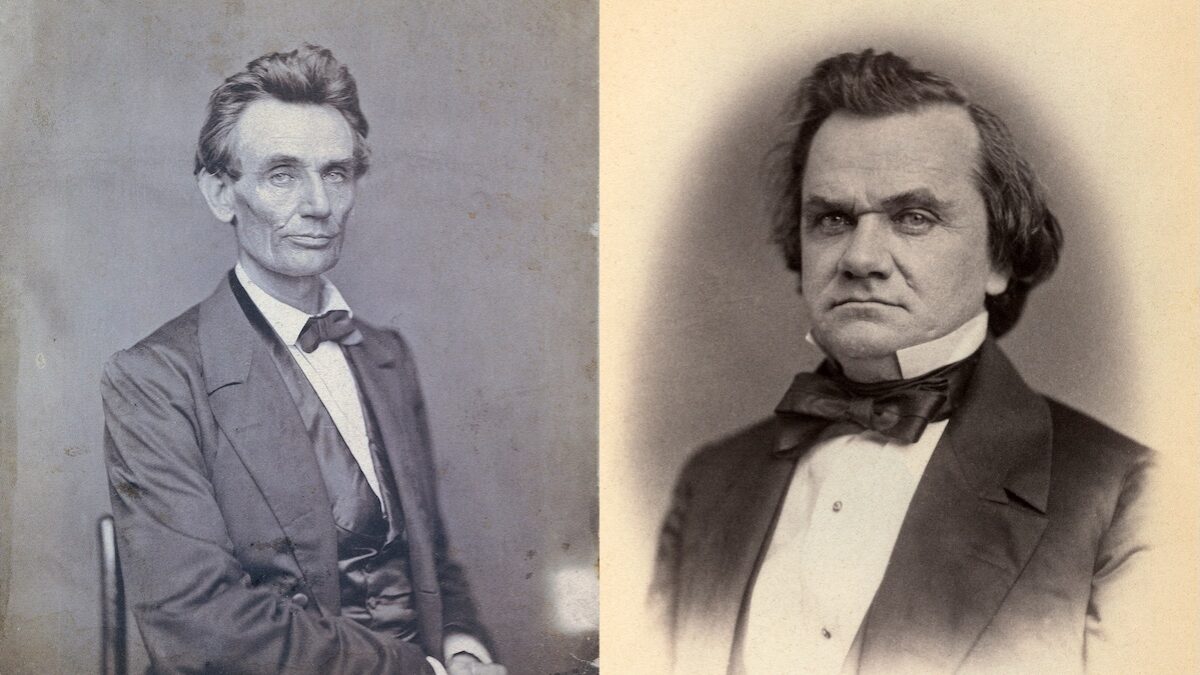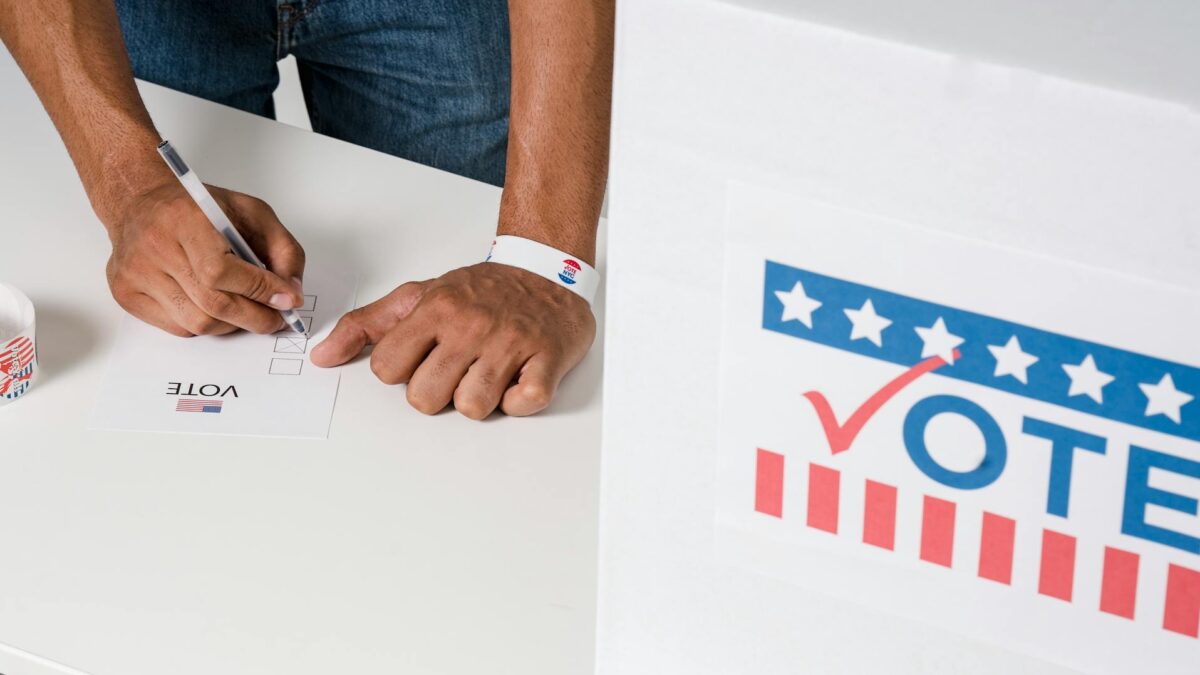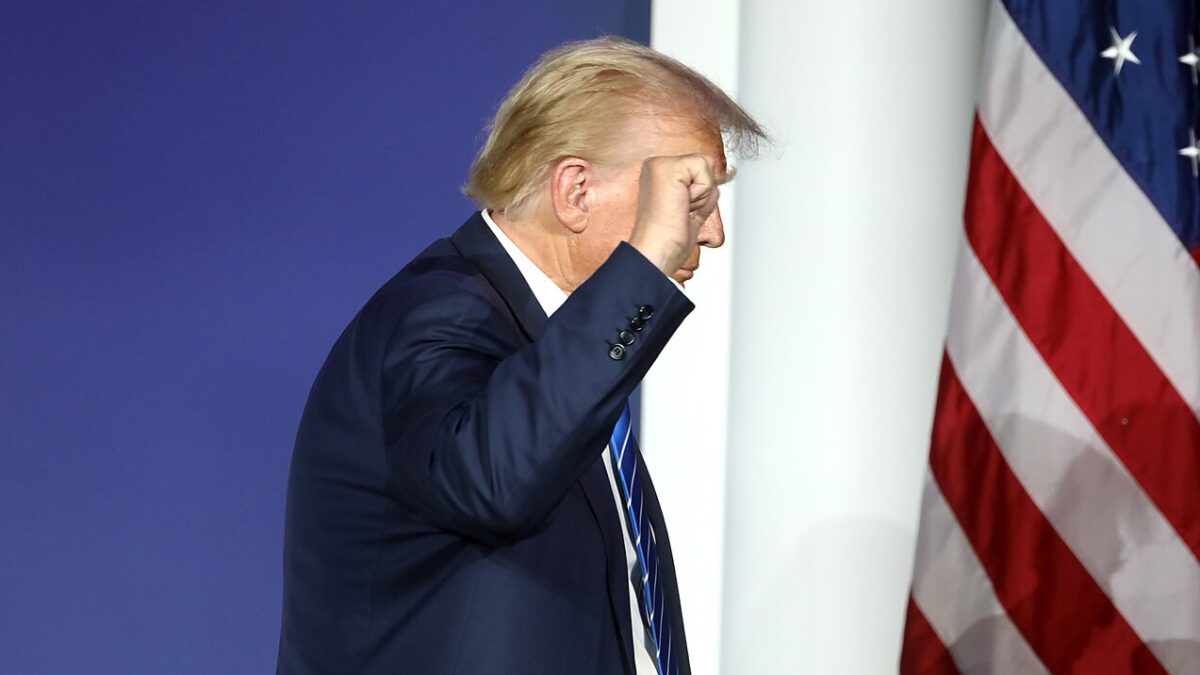
You know something’s terribly wrong when you go to a horror movie at the theater, and the terror of your real-life experience infinitely surpasses any of the imagery onscreen. Such was my Saturday night at a theater outside Washington, D.C.
It was with much anticipation that a group of my closest friends and I went to the theater that evening. We had been eagerly awaiting the release of “IT Chapter 2” since the remake of the first chapter of the Stephen King classic was released two years ago. We were so excited, in fact, that my roommate and I decided to host an IT-themed party at our place afterward to muse over the best scenes, characters, and jump-scares. That isn’t what we ended up reliving, however.
Since it was a three-hour movie, we attended an early showing so we would have enough time for our party afterward. We began our indulgence into the surfeit of infernal clown spooks at 5:30, and we filed out of our seats during the closing credits at 8:38. That’s the time the police received the first call about an active shooter inside the theater.
It seemed odd that the entrance to the auditorium directly across the hallway from ours, which had begun a later showing of the same movie, was swarming with people. “That’s weird,” I said as we walked past them down the hallway to find a restroom — a necessity after 169 minutes of film and 32 ounces of Icee.
I left the restroom to reconnect with the rest of my group and found them talking with a young couple in the midst of some mild commotion. The lady was on the verge of tears as she told us somebody had yelled “active shooter” during their movie. It was probably just a prank, I thought, trying to keep my wits.
I had no sooner calmed myself when a police officer walked past us with his gun drawn, his finger over the trigger. Tightness filled my chest. I don’t remember who told me to move, but I walked with purpose, in tandem with my friends, toward the stairs leading to the lobby and exit.
As we crested the staircase, I couldn’t believe my eyes at the number of police officers moving in our direction. They walked in a line that spanned the length of the vast theater entrance, like soldiers in rank, carrying high-powered weapons. We walked quickly toward them, and motion caught my eye across the lobby as moviegoers spilled en masse out of the other exit.
“Get out! Get out! GET OUT!” the officer nearest us shouted, suddenly.
All semblance of calm evaporated. Panic broke out. I took off running and watched as a lady across the room slipped on the laminate floor and fell face-first, her body pounding into the corner of a square support beam. One of my friends caught a baby stroller as it toppled into him. People began tossing items aside that were slowing them down, everything from drinks to wallets.
It’s a strange sort of terror to be suddenly thrust into the center of your worst nightmare with no idea how it will end. This sort of bad dream doesn’t dissipate when you open your eyes. You have no choice but to act, to move, to think quickly without being overcome with fear and emotion.
This movie theater didn’t open to the the outside. It opened into a shopping mall, and a poorly designed one at that. After the last movie I had seen at this theater, it took my friends and me about 20 minutes to find the exit. So after clearing the line of officers, I didn’t know where to run. Frankly, I don’t remember deciding to run in any particular direction. I kept my eyes focused on the back of my friend’s head and booked it, trusting the rest of our group was doing the same and was close behind me.
The next few minutes — I think; I have no idea how long this chaos lasted — are a complete blur. We darted into a multi-level Macy’s, and it was eerily quiet and empty. A handful of items littered the floor and indistinct shouts echoed in the distance. We ran into an employee who, after the color left his cheeks for a moment at the report of the incident, directed us quickly toward a storage closet where he said we could hide.
A sense of calm washed over me for the first time at the thought of a door we could lock ourselves behind. But after surveying the confined space, the men in our group insisted we press on to find an exit. It was better, they reasoned, to risk exposure than to be sitting ducks. We kept moving.
I panicked as I realized we were missing one of our friends.
“Where is he? Where is he?” I repeated involuntarily.
“There — escalator!” another one in our group pointed to where the missing friend was standing, motioning us toward him.
Once on the escalator, I became acutely aware of our vulnerability as we descended in perpetual motion toward an unknown area. But the only person waiting for us at the bottom was another kind employee who signaled us toward the door to the outside, risking her safety to help us and others. Almost there.
We poured out the door into a sea of red and blue flashing lights — everywhere. The surrounding blocks were teeming with people, moviegoers and mall shoppers, unsure where to go. Mothers scurried away with their sobbing toddlers, and groups of friends checked head counts to ensure everyone escaped. Each of us called our parents and friends to assure them of our safety, unsure of the degree of damage on the inside and how fast word would travel outside the several-block perimeter of mayhem.
I didn’t feel safe again until our Uber driver dropped us all off at my apartment.
The Definition of Trauma
My friends and I talked about the incident at length — and then we talked about it several more times. I haven’t thought of much else since that night. Each morning since, I’ve hurled out of bed, an overwhelming feeling that something isn’t right cutting through a splitting headache, until I remember it all at once.
The latest reports indicate there was no shooter. The Washington Post reported the alleged perpetrator was an “unidentified juvenile male.” That’s it. No real danger. Just some punk kid.
As I’ve told the story, I feel foolish talking about how “dangerous” it was or how “vulnerable” we were. It feels wrong to call the events of that night “traumatic.”
But the fact is, they were. In that moment, we didn’t know there wasn’t a shooter. It wasn’t like a workplace fire drill in which everyone takes his sweet time moseying down the stairs, coffee in hand, knowing full well none of the door handles will be hot. The threat may not have been real, but we didn’t know that. That fear was one of the strongest emotions I’ve ever felt.
Our Minds and Hearts Are Not Well
Yet it pales in comparison to the fear others have felt when it’s still some punk kid, but not a prank — when somebody calls out “active shooter” because bodies are falling. I don’t pretend to have any idea what those survivors feel in the aftermath.
But as I reflect on this experience, I don’t think about the guns or the lack of them. The efficacy of our laws isn’t the first thing that comes to mind, nor the security of movie theaters. What strikes me most is that one of the same impulses that may drive a person to actually shoot another human being is the one that may drive them to intentionally evoke fear and panic without any weapon except the power of speech.
What compels a person to do that? Deriving pleasure from others’ fear is a special kind of ill. It’s the subject of horror films, frankly. This kid hasn’t been apprehended yet, to my knowledge, which makes me wonder how his actions will affect others.
The lack of human casualties in this instance conjures the utmost gratefulness. But with only two words, one person still caused extreme damage: material, economic, emotional, mental — I could go on. People abandoned their belongings. Stores appeared ransacked. Businesses closed early. The cinema’s economic losses that evening are utterly minute compared with the future fiscal sucker punch. Who would dare patronize that theater in the coming days and weeks? (Regal’s follow-up email promotion offering a free small popcorn probably won’t be enough to lure me back.)
How many people in the surrounding area will avoid movies and malls altogether? Consider the waste of police resources. How many parents who were present will think twice before they take their children out again? They’ll most likely stay home on the weekends, at least for a while.
And all for what?
We don’t have a gun problem, we have a people problem, a heart problem, a mental problem — and you can’t legislate those away. Causing widespread terror cost that kid nothing. He simply opened his mouth. Who needs to undergo a background check when you could simply take a deep breath and bellow? How many more resources will we waste, how many more politicians will pontificate about gun control, until we admit that we as a culture are spiritually abysmal, mentally sick, morally bankrupt, and simply desolate?
The Source of Our Cultural Decline
Writing in The Federalist in August, Thane Bellamo diagnosed the disease infecting this generation, of which our cultural decline is a grave symptom:
When we talk about gun violence, just about no one talks about these root causes. It is not as if we haven’t had large numbers of powerful semi-automatic weapons in this country for many decades. … [T]he only sensible question to ask is, what has changed? Instead, politicians and pundits ask all the wrong questions.
Do we have too many guns? (We always have.) Are video games and movies too violent? (They always have been.) Do we need more laws? (We have more than we can keep track of.) No, the thing that has fundamentally changed is that we have discarded those regulating social institutions that have helped people understand their value and place in this world for thousands of years. Their decline is not just mirrored in the rise of mass shootings, but more broadly in a host of statistics that reveal an epidemic of despair.
And despair we do, whether bullets are fired or not. Bellamo illustrates a rise in drug overdoses, suicides, and out-of-wedlock births at the same time church membership has sharply declined.
I wish I could offer a policy solution, but I simply can’t. The only cure is found in the gospel, in social and religious institutions this nation is abandoning. Short of returning to them, no amount of security theater or government solutions will restore anything. Stripping away our guns won’t heal our sick minds. And recognizing that isn’t downplaying the danger; it’s simply being honest about it.
I hope the next time I’m having a nightmare, it ceases when I open my eyes. But until we acknowledge that our real problems are depraved hearts, not hardware, I fear we will keep reliving this horrifying dream.









